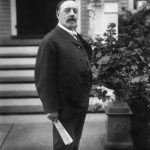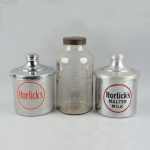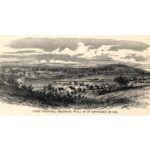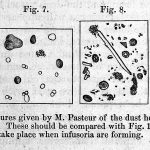Founded in 1873, under the name “J & W Horlick Company,” the Horlick’s Malted Milk Company was the creation of brothers William and James Horlick. The company specialized in producing malted milk as a nutritional supplement in a variety of forms: from simple powdered malted milk, to special tablets called “diastoids” (after the diastatic enzymes that break starches down into sugar).
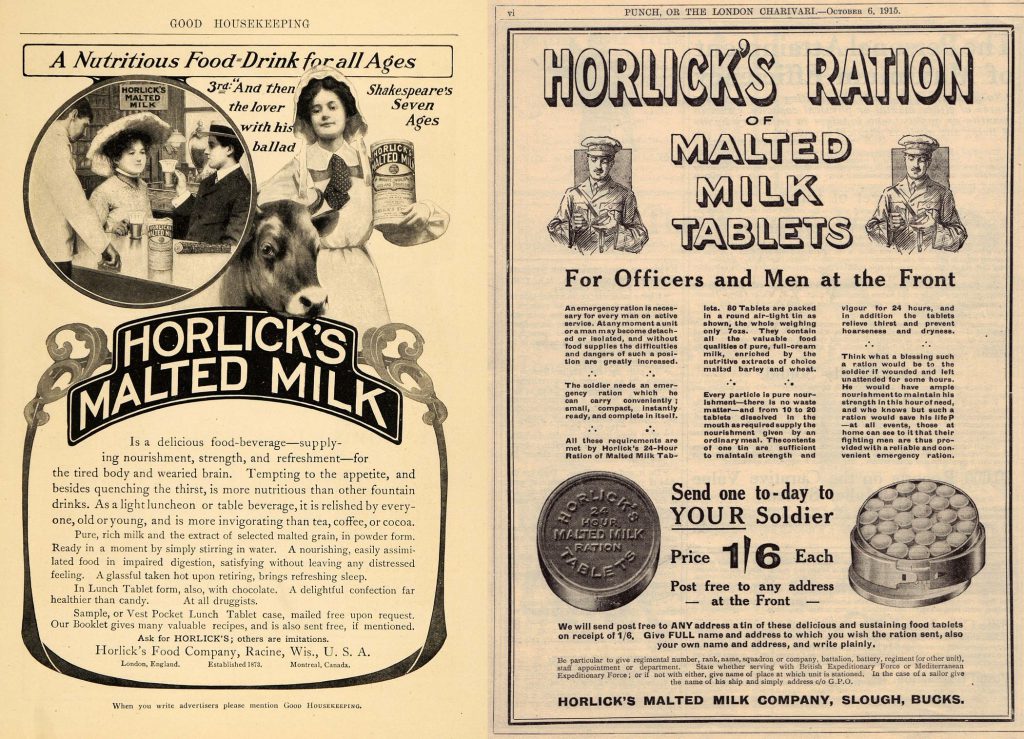
The company was originally incorporated in 1873, in the city of Chicago, Illinois. James, William, and their wives Margaret and Arabella, were the original stockholders for the fledgling company. James then became company president and William took on the role of treasurer and vice-president. James would later return to their home country of England to establish a branch there, while William would stay behind to manage the original company after it moved outside Racine, Wisconsin in 1875. The company eventually became a leader in Racine’s food industry.
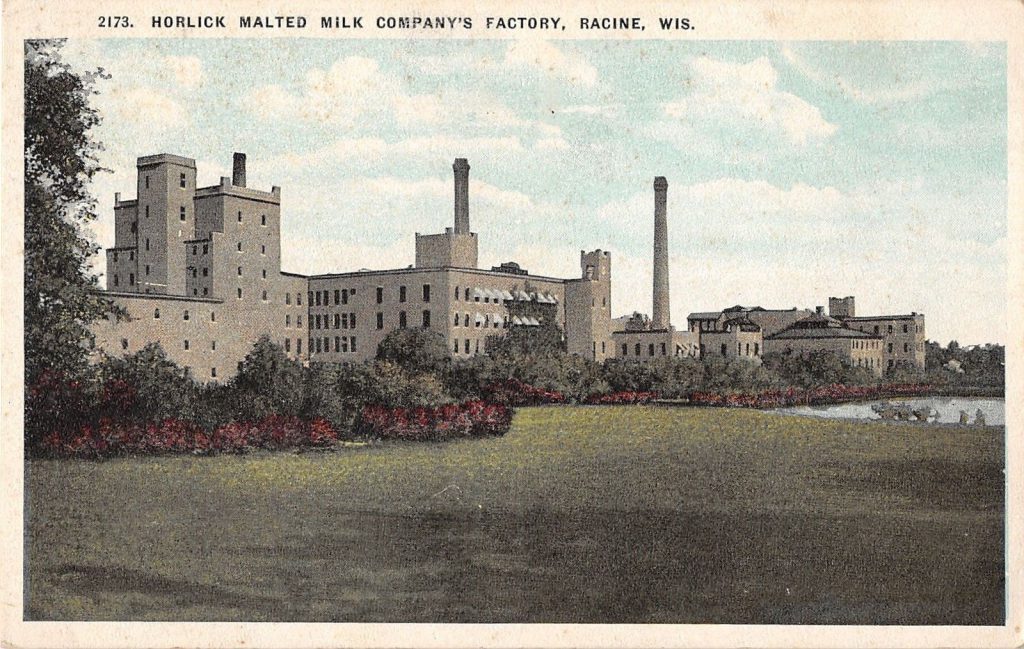
The Horlick’s Malted Milk Company had an enormous impact on the region around Racine and beyond. For example, the milk used in production needed to be of high quality so that the end product would be safe for consumers. At this time, milk standards were lax and milk-borne illnesses were common. In response, Horlick’s established quality standards for milk, while also designing special steel containers to preserve their product. Other cities and companies across the country soon started using Horlick’s milk standards as their own. Horlick’s also used so much milk that local dairy farmers needed to expand their herds in order to keep up with demand.
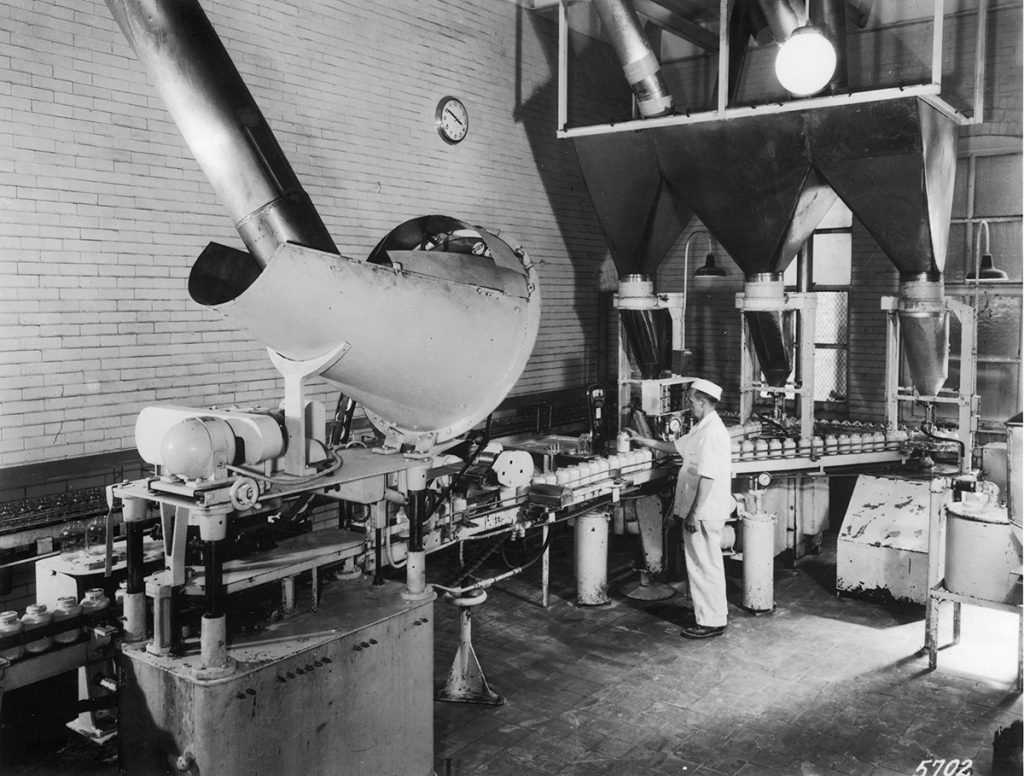
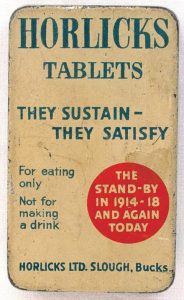
Meanwhile, barley was sourced from farms in Minnesota, the Dakotas, and Wisconsin, and then turned into malt at nearby malting companies. Horlick’s wheat came from across the region but was usually processed in Minnesota. After developing their chocolate recipe, Horlick’s even began to import cacao from the tropics.
While Horlick’s was growing its Midwestern operations, William’s brother James had returned to England in 1890 to establish a factory in Slough, just west of London. This new Horlick’s branch served not just the English market, but also the entirety of the British Empire. Horlick’s malted milk products were now being carried in most corners of the world, from Ireland, Italy, and the Hawaiian Islands, to India, Southeast Asia, and even the Belgian Congo.
Horlick’s Malted Milk tablets were even brought along on several dangerous expeditions, including Richard Byrd’s second expedition to the South Pole, and his ascent up the second highest mountain in the Himalayas. Perhaps most famously, all those who served at Queen Elizabeth II’s coronation in 1953 were given a free bottle of the tablets.
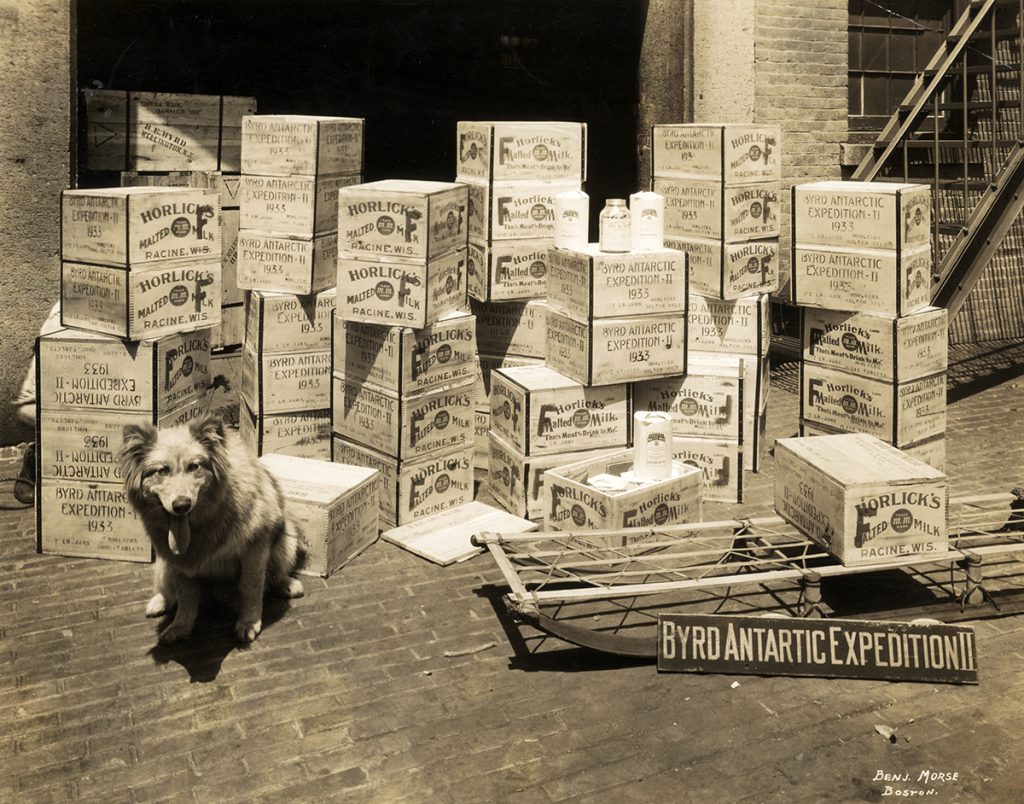
In 1975, after nearly 90 years of operation in Racine, the Horlick’s plant was shut down by parent company GlaxoSmithKline. If you travel abroad to the United Kingdom and many of its former colonies, you may still find Horlick’s products on the shelves, often in powdered form and advertised as a sleep aid.
Written by Samuel G. Brink.
SOURCES
Sankey, Alice. Industries of Racine. Racine, WI: Racine Board of Education, 1956.
Buenker, John D. The History of Wisconsin: Volume IV: The Progressive Era 1893 – 1914. Madison, WI: The State Historical Society of Wisconsin, 1998.
Horlick’s Corporation (Racine, Wis.). “Horlick’s Corporation Records” (company records/archive boxes, Racine, Wis., 1873-1974) Boxes 1-2.
Hutchison, Robert. “Horlick’s Malted Milk”. The Lancet vol. 1, no. 4154, (1903): 1060.
Raney,William Francis. Wisconsin A Story of Progress. New York, NY: Prentice-Hall, Inc, 1940.
